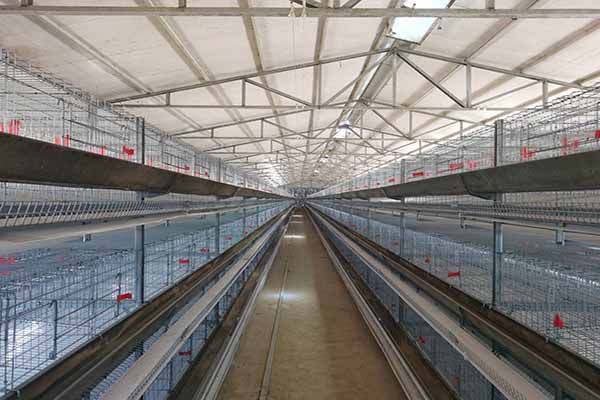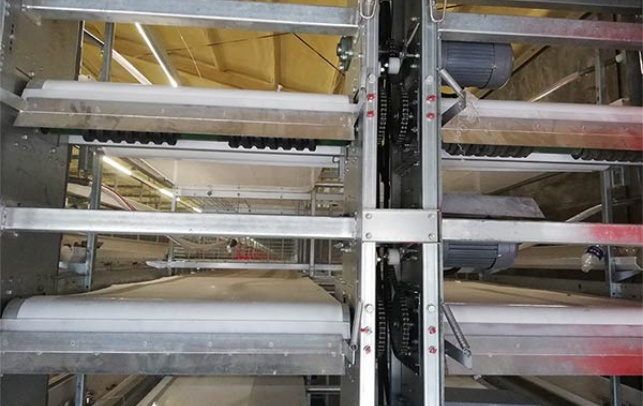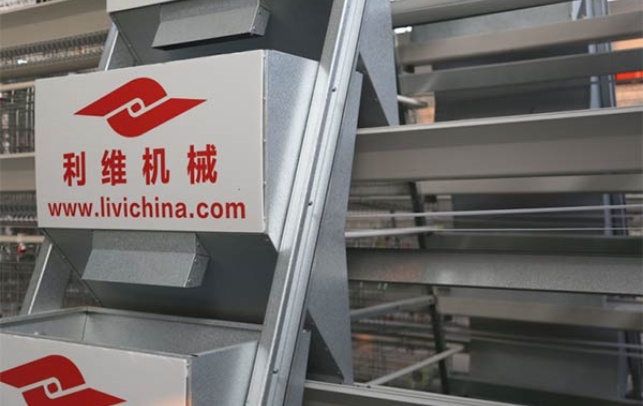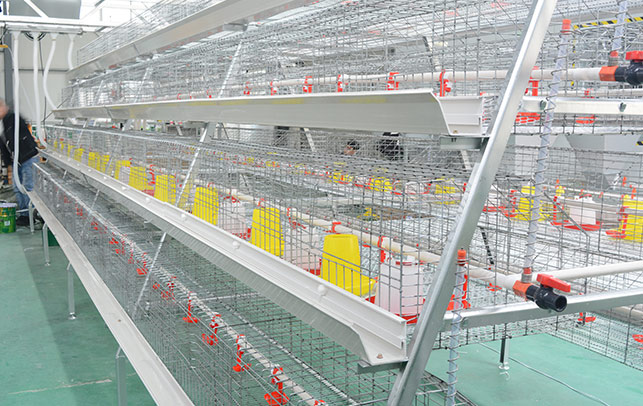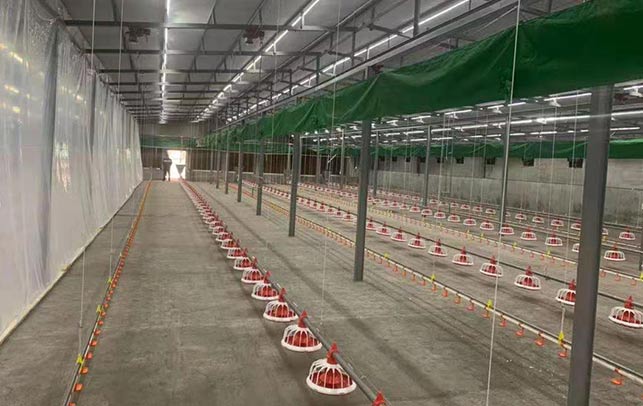How to Make a Layer Chicken Cage: Expert Guide from Livi Machinery
Time : 2025-07-25
As a leading manufacturer of poultry equipment from China, Livi Machinery understands the importance of creating efficient and effective layer chicken cages. If you’re in the poultry industry and looking to maximize your chicken house’s productivity, understanding how to make a layer chicken cage is a crucial step. In this comprehensive guide, we will delve into the essential components and practical tips to build a top-notch layer chicken cage. So, let’s get started!
Introduction to Layer Chicken Cages
A layer chicken cage is a structured housing designed for laying hens. It is a key component in the production of eggs and should be constructed to provide optimal conditions for the birds’ well-being. By ensuring the cage meets specific criteria, you can promote healthier and more productive laying hens.
1. Choosing the Right Location
Before starting the construction of a layer chicken cage, selecting the perfect location is vital. The ideal site should have a clean and dry environment, access to fresh air, and be close to a reliable power source for automatic systems.
2. Material Selection
Selecting high-quality materials is essential to build a durable and reliable layer chicken cage. The most commonly used materials are steel, metal wire mesh, and wood. Each material has its unique benefits and considerations:
– Steel: It is sturdy, resistant to corrosion, and easy to maintain. However, steel cages may be heavy and expensive.
– Metal Wire Mesh: This is an affordable option with excellent ventilation, but it can be damaged easily and is less resistant to corrosion than steel.
– Wood: Wooden cages provide insulation but are prone to decay and pests. Moreover, they require frequent maintenance and can be a fire hazard.
3. Cage Dimensions and Design
Proper dimensions and design are critical for ensuring that your layer chicken cage promotes a healthy living environment for your birds. The following are key considerations for your cage:
– Floor Space: Ensure each chicken has adequate floor space, usually about 0.6 square meters (6.5 square feet).
– Feeding and Watering Stations: Design feeding and watering stations for easy access and maintenance.
– Roosting Areas: Include a roosting bar or ladder to promote a healthy sleeping posture for your hens.
– Nest Boxes: Incorporate nest boxes at one end of the cage for laying eggs, usually at a height of 1 meter (3.3 feet) above the floor.
4. Constructing the Cage Frame
Once you’ve determined the materials and dimensions, you can begin constructing the frame. Here are some general guidelines:
– Use Galvanized Steel or Angle Iron: These materials provide excellent strength and corrosion resistance.
– Join the Components: Use appropriate fasteners like nuts, bolts, and焊接 to secure the frame.
– Add Legs and Support Bars: These provide stability and support the cage.
5. Installing Mesh and Roosting Areas
Now, let’s cover the installation of the mesh and roosting areas:
– Install the Mesh: The wire mesh should be strong enough to support the hens and their weight, and provide sufficient air flow and light.
– Roosting Areas: Use solid or half-solid bars as roosts to ensure comfortable sleep and minimize aggression.
6. Installing Feeders and Waterers
Feeders and waterers should be designed for ease of access and cleaning:
– Feeder: The size of the feeder should accommodate the number of birds, with at least one feeding position per chicken.
– Waterer: Automatic drinkers provide clean water at all times and minimize spillage. Make sure there’s one drinker for every 25 chickens.
7. Ensuring Safety and Comfort
– Insulation: Insulate the roof and walls to protect your hens from extreme weather conditions.
– Temperature Control: Maintain a stable temperature inside the cage by using appropriate ventilation and heating systems.
– Lighting: Proper lighting promotes egg production. Typically, hens need a 16-hour photoperiod to stimulate egg laying.
Conclusion
In conclusion, creating an efficient and well-structured layer chicken cage is crucial for your poultry operation’s success. By carefully selecting the right materials, dimensions, and design, you can provide a healthy living environment for your hens and increase egg production.
If you need professional assistance in designing or building layer chicken cages, don’t hesitate to contact Livi Machinery. We have extensive experience in the poultry industry and can provide the perfect solution for your specific needs.
Tags:
{Layer Chicken Cages, Chicken Housing, Poultry Equipment, Livi Machinery, How to Build Chicken Cages, Poultry Farming}